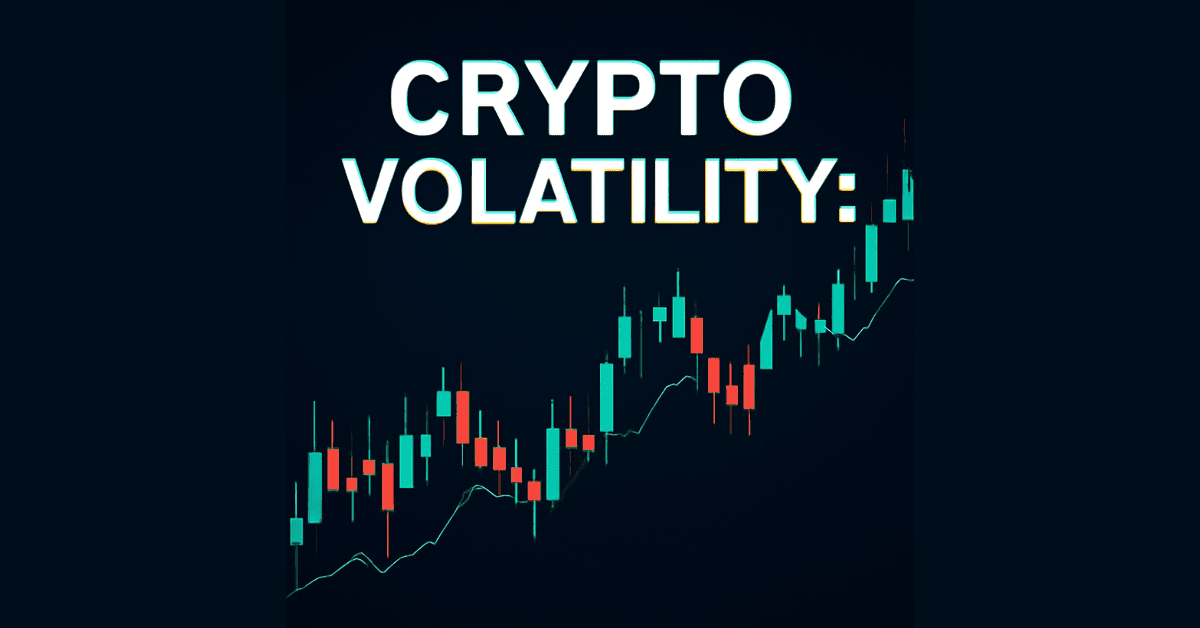
Crypto Volatility: How to Mitigate Risk?
1. What is Volatility?
Volatility, or price fluctuation, is an indicator that measures the degree of price change of an asset over a specific period. It reflects the instability and potential for price changes of a financial asset. When prices change rapidly and significantly, the asset is considered to have high volatility.
2. Volatility in Crypto
In traditional financial markets, volatility is often measured based on past price fluctuations, helping investors assess the risk of holding an asset. However, in crypto, the volatility is usually much higher. According to a report from JP Morgan in 2021, Bitcoin's volatility can be 4 to 10 times higher than that of stocks and gold.
3. Causes of Price Fluctuations in Crypto
-
Small market size: The crypto market is smaller compared to other financial markets, making it more susceptible to significant price changes from large transactions.
-
Low market liquidity: Low liquidity makes trading more difficult and can easily lead to sharp price fluctuations.
-
Speculative nature: Most crypto trades are speculative, which increases price volatility.
-
Regulatory changes and news: Changes in regulations and news are crucial factors that influence price fluctuations in the crypto market.
4. Impact of Volatility on Crypto Investors
Volatility not only affects prices but also influences the psychology and strategies of investors. Sharp price fluctuations can create significant profit opportunities, but they also come with the risk of substantial losses. Investors are easily influenced by FOMO (fear of missing out), causing them to buy at high prices and sell at low prices.
5. How to Avoid and Manage Risk from Volatility in Crypto
-
Diversify your portfolio: Allocate capital across various crypto assets and stablecoins to mitigate risk.
-
Use Stop Loss tools: Set up a Stop Loss order to automatically sell assets when their price falls to a certain level, minimizing losses.
-
HODL strategy: For long-term investors, the HODL (Hold On for Dear Life) strategy helps protect assets from short-term fluctuations and relies on the belief that the market will grow over time.